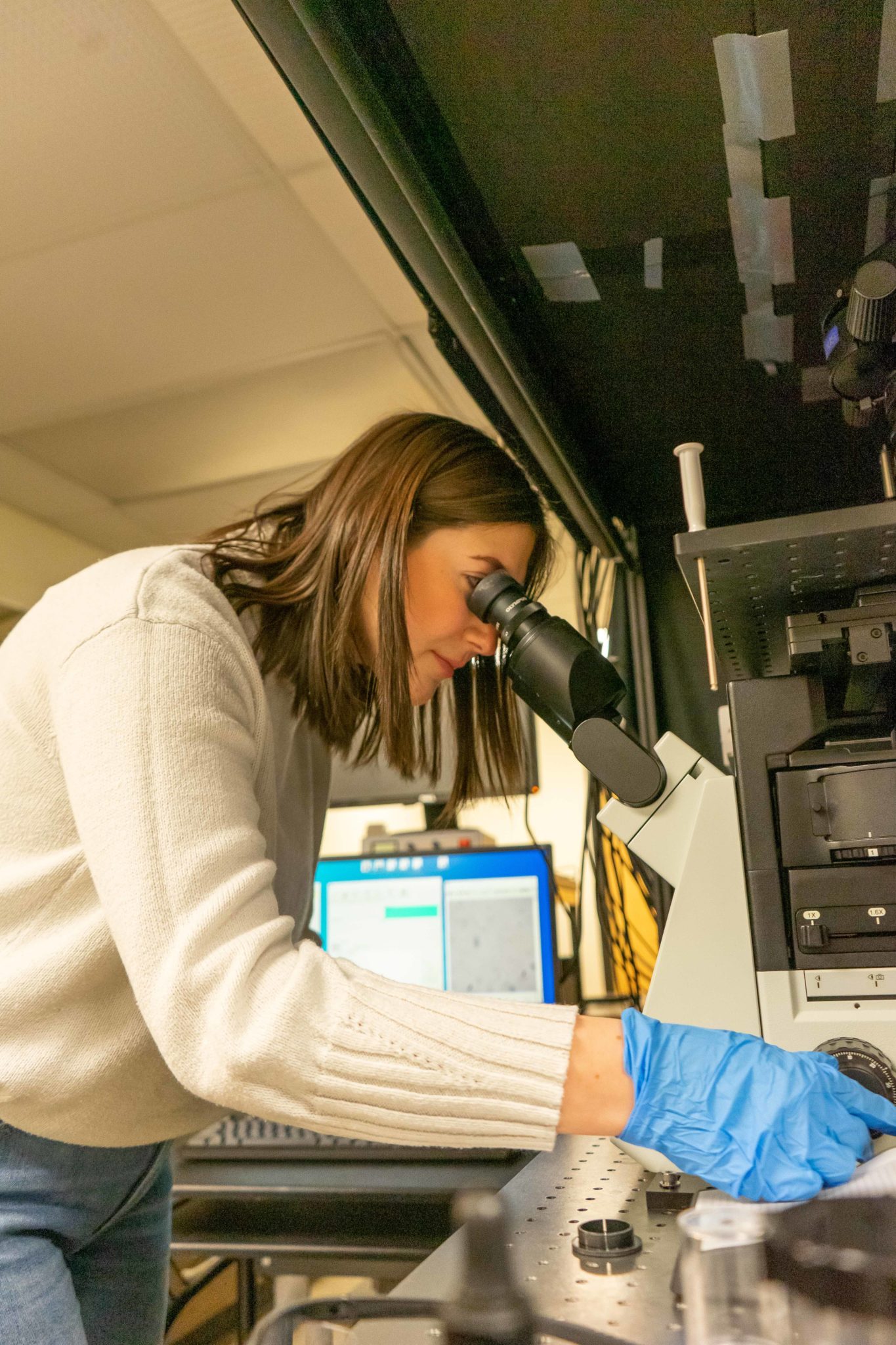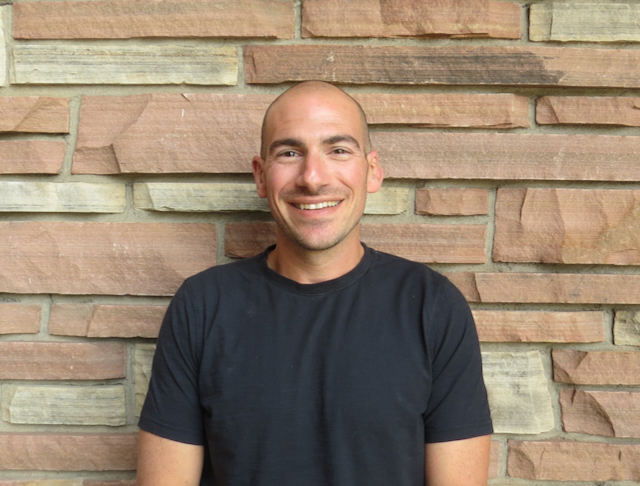
Using sunlight to split water, or H2O, into hydrogen and oxygen represents what Justin Sambur, associate professor in the Department of Chemistry at Colorado State University, calls “a holy grail in energy science.”
Not only is hydrogen produced in this “holy grail” reaction, a fuel important to the clean energy economy, but the hydrogen and oxygen could recombine in a fuel cell to make water.
“The cycle is completely renewable,” said Sambur. “Water in, water out – with a clean, renewable hydrogen fuel produced along the way.”
Sambur is part of a new $10 million Energy Frontier Research Center called Ensembles of Photosynthetic Nanoreactors. Funded by the Department of Energy, the researchers are seeking to perfect this “water in, water out” reaction.
The new national center, led by Shane Ardo, a professor at the University of California-Irvine, and including researchers at 10 U.S. universities and three national laboratories, will carry out a four-year mission “to understand, predict and control solar water-splitting nanoreactors,” said UCI news.
The research team hopes to increase the efficiency of solar-to-hydrogen energy conversion by more than one order of magnitude to meet the DOE’s cost target of $1 per kilogram of hydrogen by 2031.
Leading Thrust 3

Sambur’s team will lead “Thrust 3” of the research, titled Nonintuitive Emergent Behavior from Nanoreactor Ensembles. The team was chosen to lead this area because of Sambur’s expertise in developing high-resolution imaging and characterization methods to better understand energy conversion and storage systems.
Sambur’s team will use tightly focused laser beams to measure the performance of a single nanoreactor, and ultimately determine how collections of these nanoreactors might behave in a practical, solar water-splitting device.
“Like people, nanoreactors are heterogeneous entities,” explained Sambur. “Each reactor differs in the number of atoms and available catalytic sites to drive the fuel-forming reaction. In a reactor, reactions occurring on one particle may affect reactions on a neighboring particle.”
Due to this particle sensitivity, no one has been able to crack the code of what collective behaviors might emerge from an ensemble of nano-entities. “Measuring hundreds to thousands of these objects with high-throughput methods will enable us to study potentially emergent phenomena,” Sambur said.
He added: “I am so excited to work with extremely brilliant, young scientists on perhaps the greatest challenge facing humanity today: clean energy production and consumption. I feel like our basic science research has the potential to have a huge impact on humanity and on the lives of the young scientists involved in the center.”